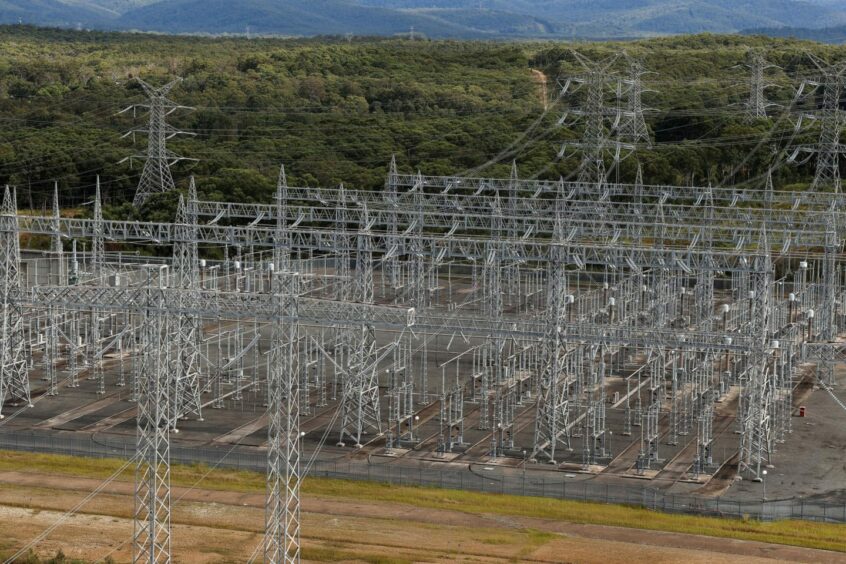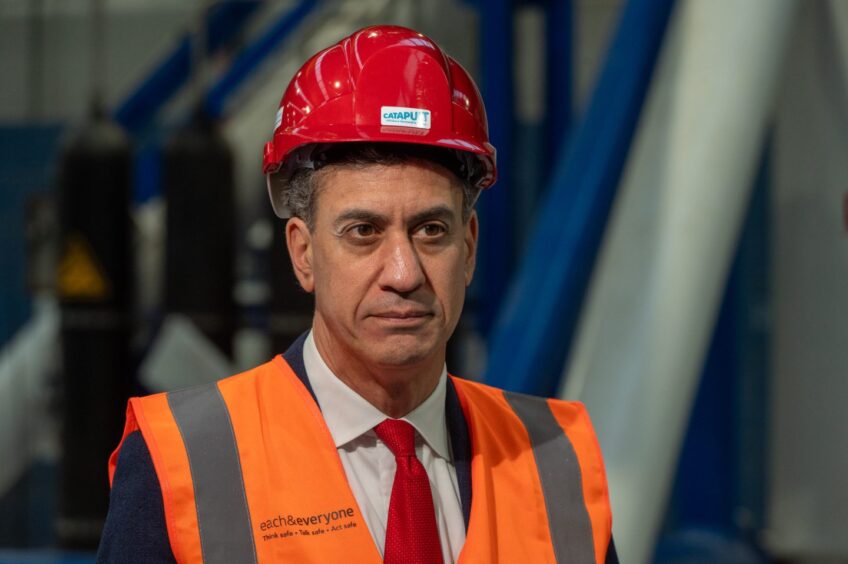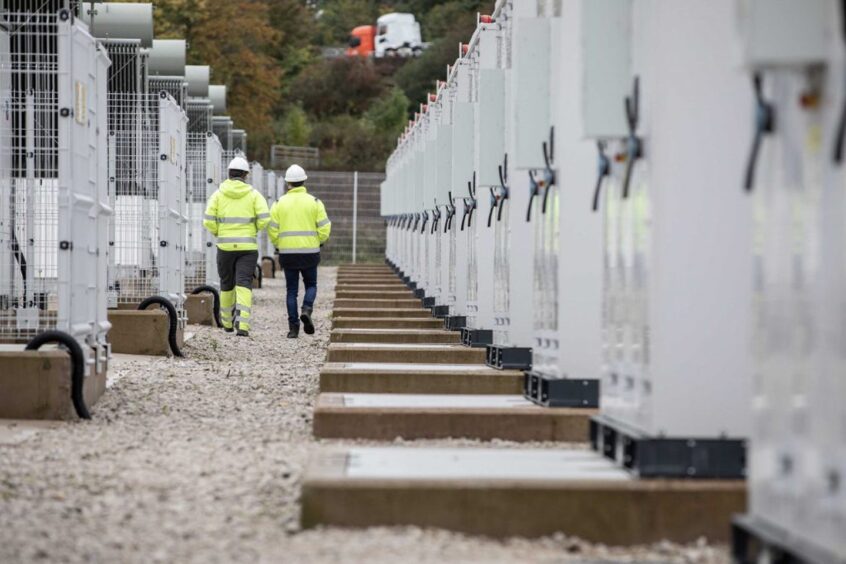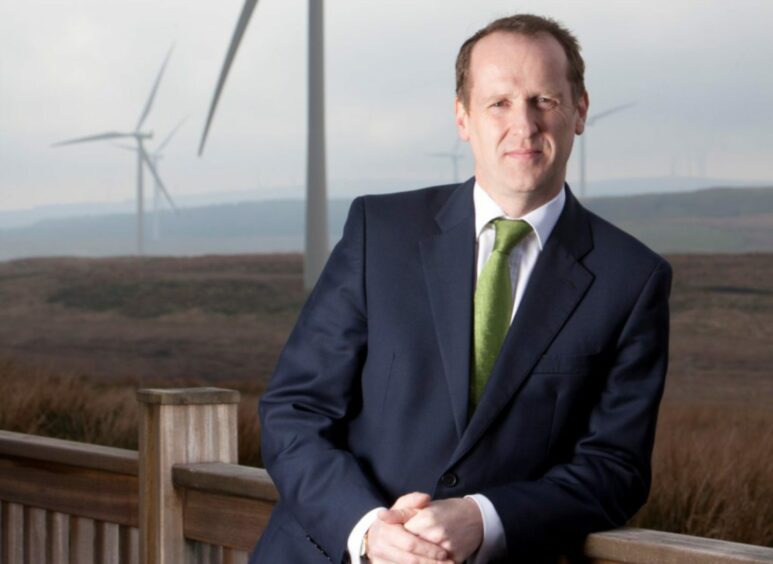
The National Energy System Operator (NESO) has today concluded that the UK government’s mission to decarbonise the electricity grid by 2030 is “achievable”.
The grid operator said in its independent analysis today that clean energy sources can produce “at least as much power” as the UK consumes in 2030, while overall system costs “should not increase”.
Clean power met 62% of the UK’s demand for electricity in 2023, with power sector emissions falling 65% since 2010, the grid operator said.
“This independent report provides conclusive proof that the government’s clean energy superpower mission is the right choice for the country, replacing Britain’s dependency on volatile fossil fuel markets with clean, homegrown power controlled in Britain,” said the UK’s Energy Secretary Ed Miliband.
“NESO’s report shows we can achieve clean power by 2030, with cheaper electricity and a more secure energy system for Britain.”
The system operator was commissioned by the secretary of state for energy security and net zero to conduct the analysis of the government’s clean power targets and provide impartial advice.
In its advice, published today, NESO said that delivering the 2030 clean power mission will reduce the UK’s exposure to “potential energy price shocks from spikes in international gas prices”.
The system operator called for “the right supply, demand, networks and flexibility” to be developed, proposing “digitalisation” of demand services with artificial intelligence “to enable a flexible energy system”.
Reorder connection queue
NESO has proposed reducing and reordering the queue for grid connections to prioritise projects that are ready to connect.
It said this could be achieved by introducing “capacity requirements” by location for different technologies seeking to connect to transmission and distribution networks.
It said it will launch a consultation on Tuesday on proposals “to align the reformed connections process with strategy energy plans”, including the 2030 clean power mission and the first strategic spatial energy plan.
The grid operator said that adopting more clean power will require “growth in demand flexibility”. Its analysis showed flexibility markets must grow at least five-fold from 2 GW last year to 10-12 GW by 2030.
Battery storage capacity must similarly increase to up to 27 GW by 2030, up from 5 GW last year in order to meet government’s targets under the two ‘clean power pathways’ envisaged by NESO.
This is as offshore wind capacity will have to grow to 28-35 GW to meet government targets, up from 15 GW today, with more capacity needing to be contracted in the next two years than the past six years combined.
Onshore wind capacity will need to double to 27 GW by 2030, from 13 GW in 2023, while solar capacity must treble to 47 GW, up from 15 GW.
Nuclear energy is only expected to meet up to 4.1 GW of power demand by 2030, while carbon capture and hydrogen storage will contribute to the clean power target only when the first plants using this technology start producing power.
Existing gas-fired generation is envisaged as being used only as a “strategic reserve” in NESO’s clean power pathways, running at a reduced rate of less than 5%.
NESO indicated that gas production cannot remain at 2023 levels, as if prices rose to the peak levels seen in 2022, it said that electricity system costs would be £12 billion more expensive than in a clean power scenario.
The cost of adding clean power onto electricity bills was not modelled in its analysis because NESO said that doing so “depends on policy changes”.
Speed of delivery
To meet the 2030 goals, NESO said that network infrastructure will need to be built “more than four times faster” than it has been in the past decade.
It said “more than twice as much transmission network” must be built in the next five years than in the last ten years to accommodate greater clean power adoption under the government’s 2030 targets.
ScottishPower chief executive Keith Anderson said engineering the grid could meet the challenges was “absolutely doable” but planning and how to finance the cost of the upgrade needs to be addressed.
“Britain needs to deliver the biggest upgrade to the grid since the 1950’s and today’s NESO report has confirmed clean power by 2030 is achievable but will be demanding,” he said.
“From an engineering point of view, it’s absolutely doable. What we need now is to clear obstructions from the pathway and deliver a fast and effective planning system that allows the UK to build for the future and grow the economy. We also need a realistic approach to the financing of this huge investment, given the scale and pace of the delivery needed in a short period of time.
“The opportunities for jobs, skills and the UK supply chain to capture the benefits of this investment in low-cost, home-grown, clean energy are huge.”
Trade body Energy UK’s chief executive officer-designate Dhara Vyas added: “As outlined today by NESO, the 2030 target is achievable but very challenging and depends on swift action and progress in several different areas – such as reforms to speed up connections and the planning process,” said
“Our sector welcomes the ambition because we know the economic benefits this could bring to all parts of the country.”
Recommended for you


 © DC Thomson
© DC Thomson © Supplied by EDF Renewables
© Supplied by EDF Renewables © Chris James
© Chris James